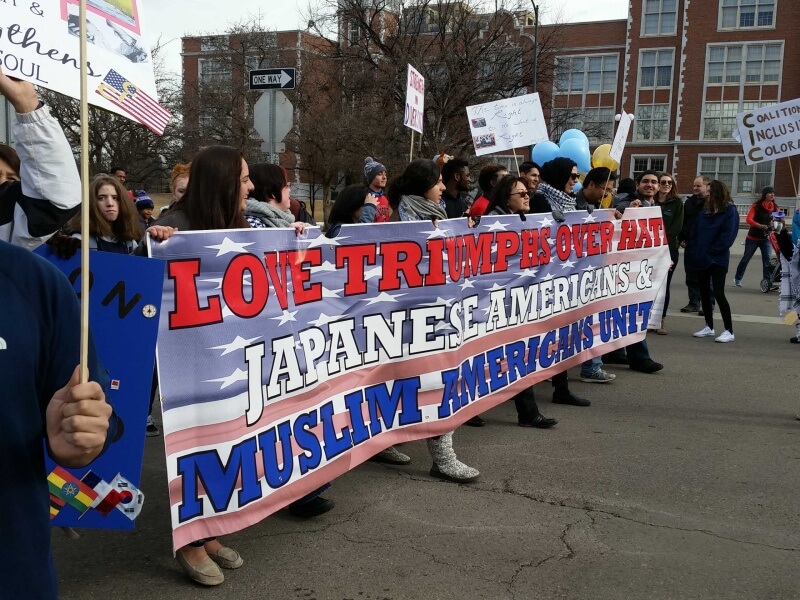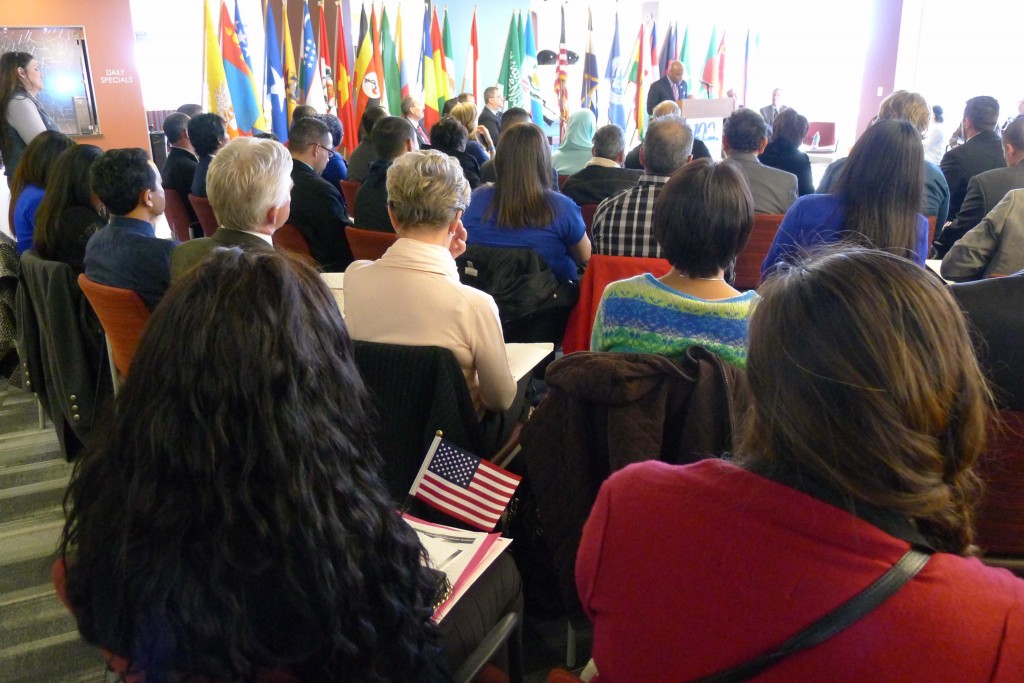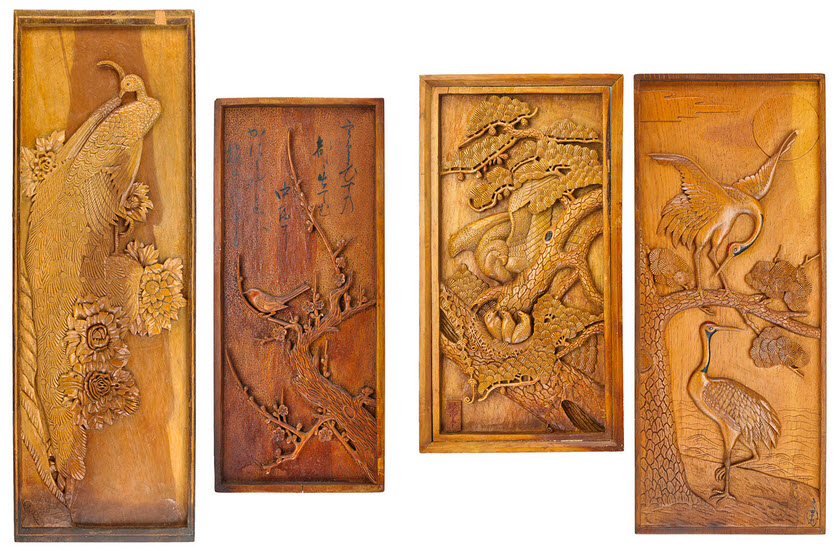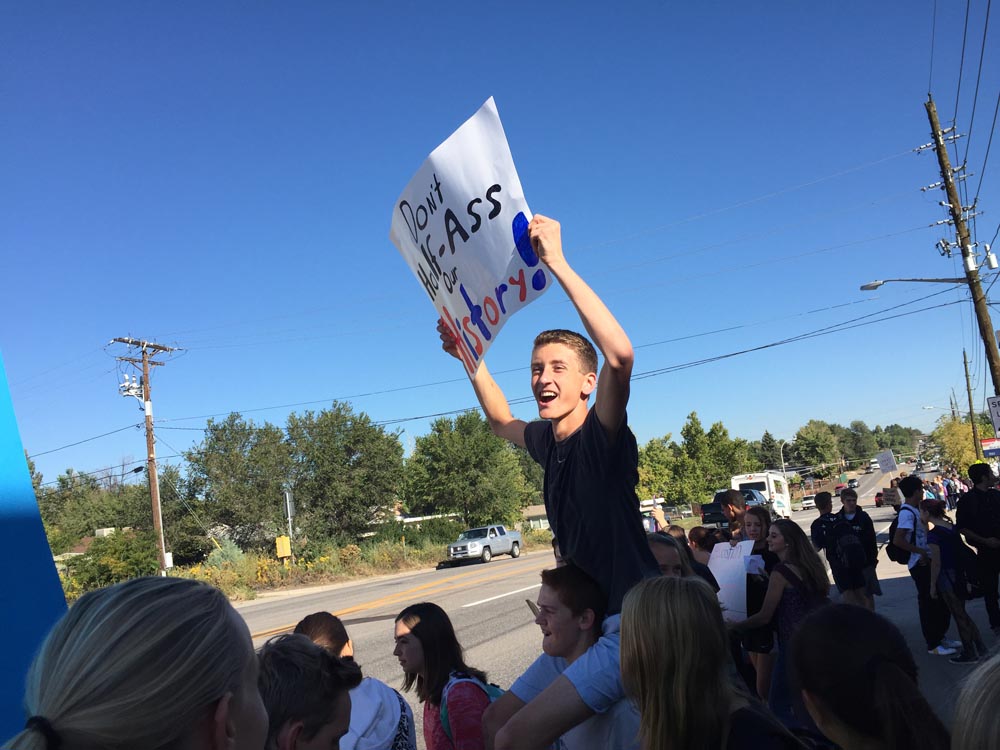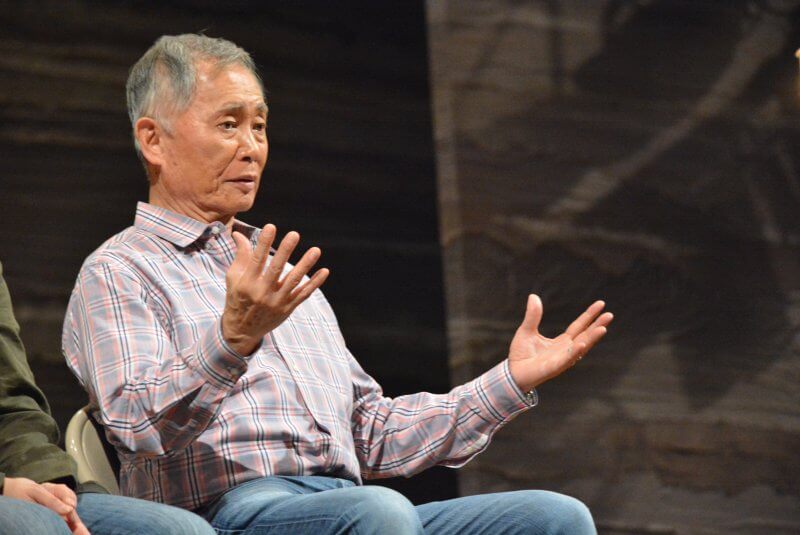
George Takei speaking to the audience at a Talkback session following a performance of “Allegiance” in New York in November, 2015.
Like many people, and especially many Japanese Americans, I’m a big fan of George Takei. I’ve followed his career since I first saw him in the role of Lieutenant Hikaru Sulu in the original 1960s television “Star Trek” series and as he reprised the character in subsequent Star Trek movies in the 1970s and 1980s.
Instead of fading into pop culture history after the Star Trek movies, he’s reinvented himself in both politics and pop culture, and today he’s hands-down the best-known and influential Asian American and an activist for human rights. He’s truly the Energizer Bunny of AAPI role models.
The Japanese American National Museum in LA has honored Takei with an exhibit, “New Frontiers: The Many Worlds of George Takei” that closes August 20. Takei is a member of the museum’s Board of Trustees, and is a vocal supporter of the institution. JANM returns the favor with this overview of Takei’s epic career, from acting to activism, and his current status as a social media superstar. I wish I lived I LA so I could see the exhibition!
Continue reading




